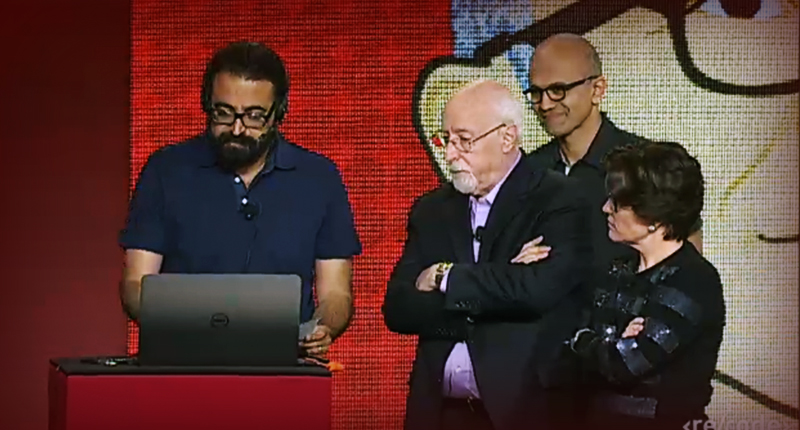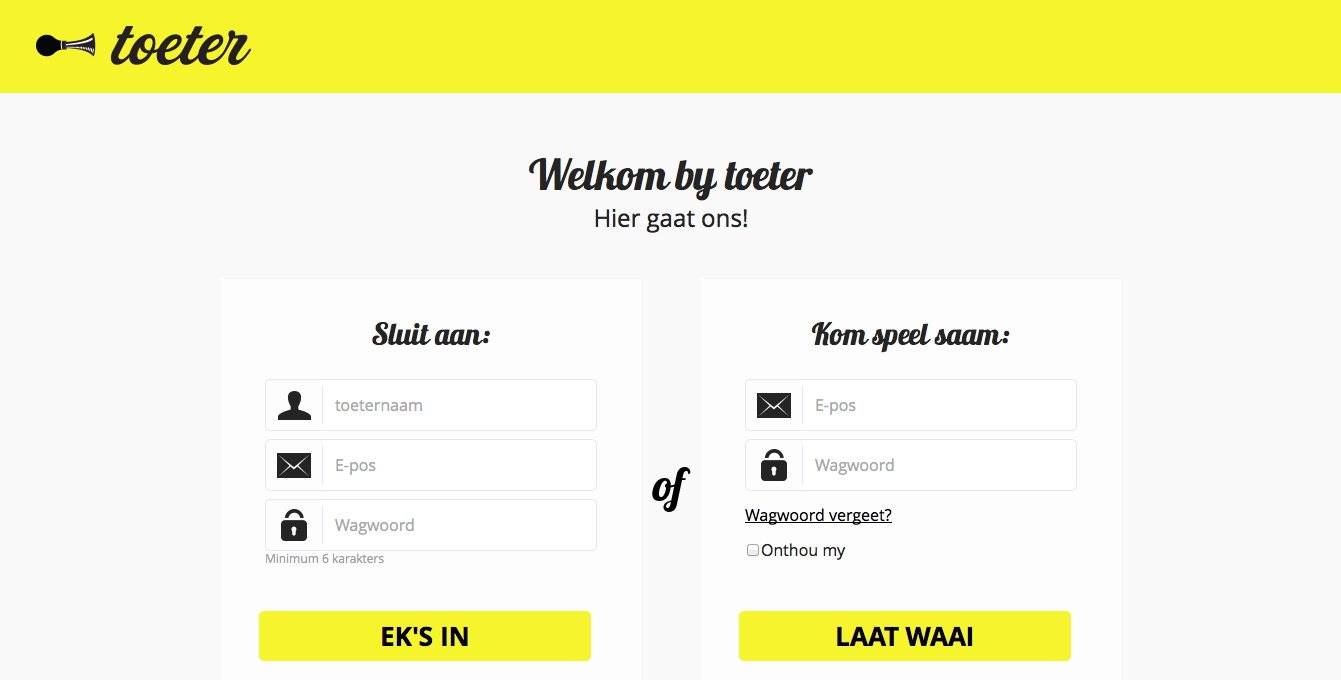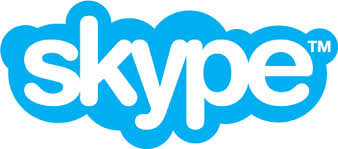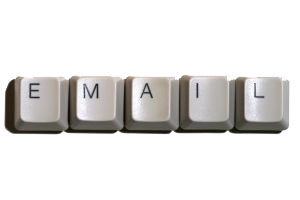 If you still don’t know there’s a World Cup soccer tournament running in Brazil, I suspect you’re hibernating somewhere on the outskirts of Mongolia.
If you still don’t know there’s a World Cup soccer tournament running in Brazil, I suspect you’re hibernating somewhere on the outskirts of Mongolia.
The 2014 FIFA World Cup is the 20th FIFA World Cup tournament and (obviously!) an international tournament for men’s soccer. This year the tournament kicked off on 12 June with a group phase and it will come to an end on 13 July when the final will be played.
It’s the second time Brazil hosts this spectacular event – the first was way back in 1950. It’s also the first time since 1978, when it was held in Argentina, that it’s held in South America.
The national teams of 31 countries qualified for this year’s World Cup. Unfortunately South Africa isn’t one of them, so you’ll have to pick another team. A total of 64 matches will be played in 12 cities across Brazil.
If you’ve been bitten by the soccer bug, you’ll know how important it is to keep up to date of all the latest news and match information. With the help of www.techradar.com we selected ten handy (and free!) apps to ensure you don’t suffer from soccer FOMO.
1 Official FIFA application
Price: Free
Available at: App Store | Google Play
FIFA’s official application not only covers the World Cup, but all soccer events worldwide. This app gives you access to match schedules, but also cool extra information like team profiles. You can even choose your favourite team and keep tabs on their progress.
2 ESPN FC Soccer & World Cup
Price: Free
Available at: App Store | Google Play
Another app addressing all soccer events – ideal for avid soccer supporters. In addition to the standard information, it also supplies videos and analysis of matches.
3 World Soccer Finals
Price: Free
Available at: App Store | Google Play
A perfect solution for the obsessive soccer enthusiast with loads of information, including yellow and red card and player information. It can also send notifications directly to your phone.
4 World Cup 2014 Brazil
Price: Free
Available at: Google Play
This Android app will be your choice if you’re a closet statistician. It also has information on referees, historical comparisons and news on future World Cups.
5 2014 Table
Price: Free
Available at: Google Play
The name says exactly what this app does. It displays results in an easy table format and is perfect for accessing information quickly.
6 LiveSoccer World Football Cup
Price: Free
Available at: Google Play
Watch live matches with customisable alerts of results as they happen. The app has an extensive interface, but still remains user friendly.
7 Sofascore
Price: Free
Available at: Windows Phone App Store
Ideal for a Windows phone with live updates.
8 Squawka
Price: Free
Available at: App Store
Another app for the soccer fan who likes to get his facts straight. Squawka gives you all the statistics to back up an argument when you need to.
9 TeamStream
Price: Free
Available at: App Store
TeamStream is a news and information service by The Bleacher Report which collects any relevant soccer news from across the world.
10 BBC Sport
Price: Free
Available at: App Store | Google Play
The BBC Sport app gives live text commentary on all the matches and access to Radio 5 bulletins.
If you have a lot of data at your disposal, you might want to consider the Live Soccer TV App.
So, now you have no excuse to miss out on this huge event. The only problem is finding a team to back …
[SOURCES: www.techradar.com & www.wikipedia.com]



 Regular KykNet viewers are by now well aware of the first, and so far only, Afrikaans social network with the quirky name, toeter.
Regular KykNet viewers are by now well aware of the first, and so far only, Afrikaans social network with the quirky name, toeter.
 1. Be concise and to the point
1. Be concise and to the point